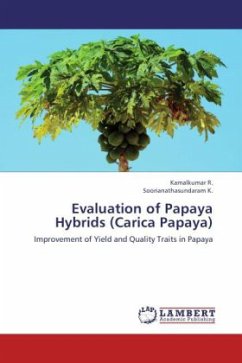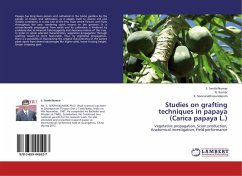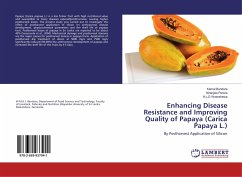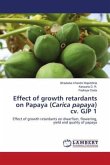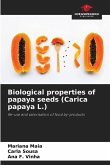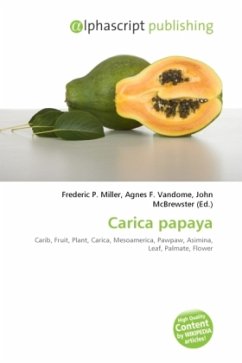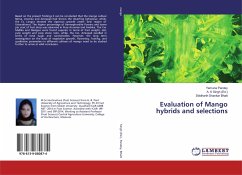The papaya (Carica papaya L.) is native to tropical America from where it spread to most of the Caribbean and Asian countries during the 16th Century. Today, it is a widely distributed fruit crop throughout the tropical as well as the warmer subtropical regions of the world. The importance of papaya to agriculture and the world s economy is well understood by its wide distribution and substantial production in the tropical countries. As papaya fruit is low in calories and sodium but high in dietary fiber, calcium, potassium and vitamins A and C, it is one of the preferred fruits by many consumers. Papaya is also cultivated for the proteolytic enzyme papain , which is used in meat tenderizers and in face and hair care products. It is also increasingly being used in pharmaceutical preparations and in such diverse manufacturing applications as leather, wool, rayon and beer. Breeding efforts for improvement of favourable traits in any crop is a continuous process. Breeding of papaya to improve yield of fresh fruits and papain in dioecious crosses and to improve quality of the gynodioecious crosses is of paramount important.
Bitte wählen Sie Ihr Anliegen aus.
Rechnungen
Retourenschein anfordern
Bestellstatus
Storno

